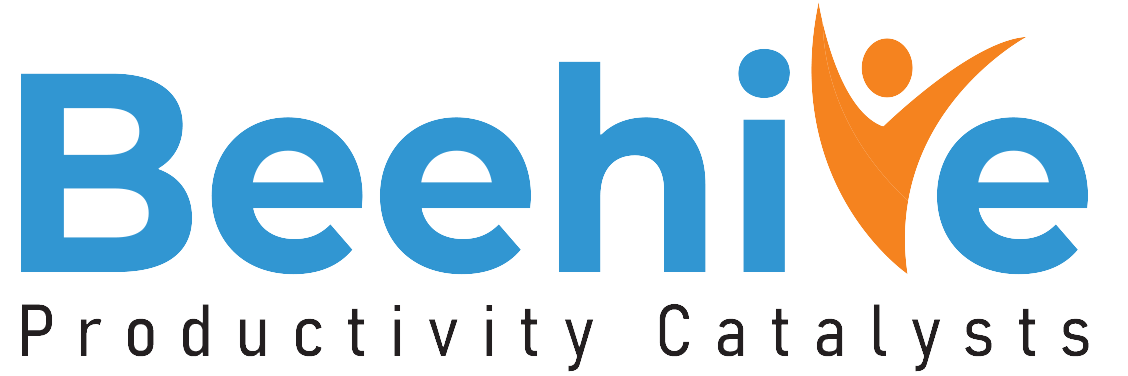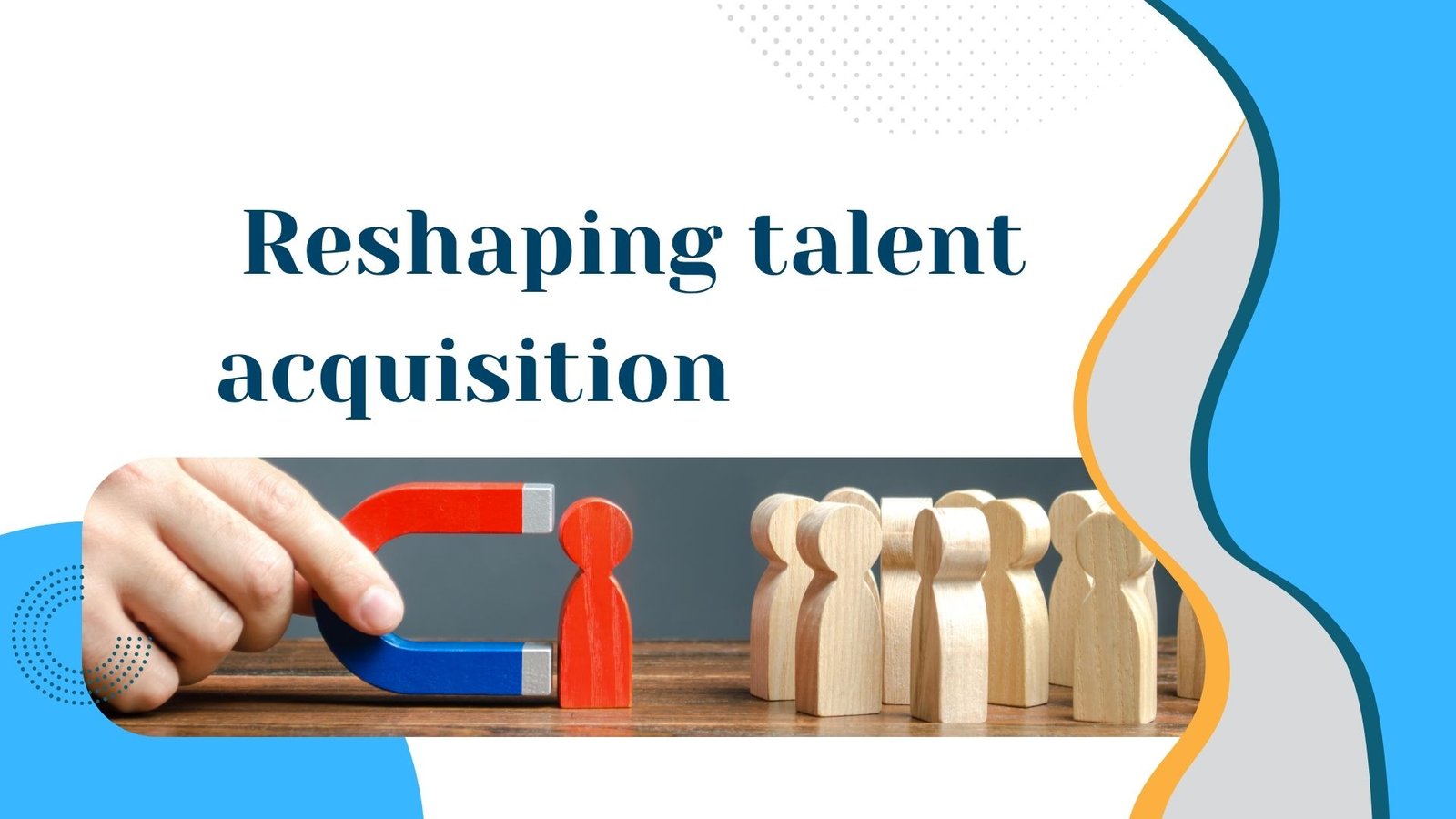Don’t Treat Wellness as a Perk — It’s a Strategy
For years, employee wellness has been marketed as a perk. A shiny add-on. A box to tick on an employer branding checklist. Many companies run employee wellness programs that include yoga classes, subsidized gym memberships, healthy snacks in the break room and proudly showcase them in recruitment materials. But beneath the surface, the way work is designed remains unchanged. Employees are still overloaded, still under-supported, still expected to perform at unsustainable levels.
Top organizations understand that wellbeing is a driver of performance and not a distraction from it. They build workplaces where wellness is embedded in leadership behaviour, work design, and business strategy.
Why treating wellness as a perk fail?
Employee wellness programs that live on the margins of work life rarely move the needle. Employees can sense when wellness initiatives are superficial or out of alignment with how the organization truly operates.
It is common for companies to launch wellness programs while employees simultaneously face crushing workloads and no time to participate in the program. This leads to low engagement and rising frustration.
“According to Gallup, only 24% of employees strongly agree that their organization cares about their wellbeing. This gap is due to a lack of trust that wellness is genuinely valued.”
When wellness is treated as a marketing exercise rather than a business priority, employees disengage. In some cases, they leave. At its core, treating wellness as a perk fails because it doesn’t address the root causes of stress and burnout. No amount of free fruit or mindfulness apps can compensate for poor leadership, unrealistic workloads, or a toxic culture.
Why must wellness program be a business strategy?
When viewed through the right lens, wellness is not a soft HR initiative. It is a core enabler of organizational performance and resilience. The evidence is clear. Organizations that take wellness seriously outperform those that don’t.
“The World Health Organization reports that depression and anxiety cost the global economy an estimated $1 trillion annually in lost productivity. Gallup data shows that employee wellbeing is strongly linked to outcomes such as retention, productivity, and customer loyalty.”
When employees feel supported in their wellbeing, they bring more energy, creativity, and commitment to their work. They recover from setbacks more quickly. They collaborate more effectively. They are more loyal to the organization and its goals.
Conversely, when workplace wellbeing is neglected, performance suffers. Burnout drives absenteeism, presenteeism, and turnover. Stressed employees are less innovative, less engaged, and more prone to errors. Poor mental health leads to higher healthcare costs and lower organizational resilience.
Forward-thinking leaders recognize this and are building wellness into the DNA of their organizations.
Building wellness into workplace culture
Integrating wellness into workplace culture requires moving beyond programs to a systemic approach. It’s about how work is designed and how leaders behave, not just about what benefits are offered.
One of the most powerful shifts is viewing employee wellness not as an individual responsibility but as a shared organizational commitment. Employees should not be expected to “self-manage” their way to wellbeing in an environment that makes it nearly impossible.
A strategic approach to employee wellness program begins with the work itself. Sustainable workload management is foundational. No wellness initiative can succeed if employees are consistently overloaded. Organizations must actively monitor workload distribution and adjust priorities to ensure employees can perform well without sacrificing their health.
Psychological safety is another critical component. Employees need to feel safe to raise concerns about stress or mental health without fear of stigma or career consequences. Leaders must foster open dialogue and respond with empathy and action.
Recovery and rest must be normalized, not treated as luxuries. This means encouraging time off and designing delivery timelines that allow for renewal.
Purpose and autonomy also matter. When employees can see how their work contributes to something meaningful and have control over how they achieve outcomes, they are more resilient and engaged.
Perhaps most importantly, leadership accountability is foundational. Wellness must be owned by leaders at every level, not just by HR. Leaders must model behaviours that support workplace wellbeing and be held accountable for the outcomes of their teams.
The leadership imperative
Leadership behaviour is the single biggest driver of wellness culture. What leaders do carries far more weight than what they say.
When leaders glorify overwork, send late-night emails, or wear burnout as a badge of honour, they sabotage wellness efforts. Leading for wellness means actively designing sustainable work, building trust, listening and responding with care.
Ultimately, when leaders embrace wellness as a business strategy, they unlock higher performance and greater loyalty.
How Beehive HRMS supports strategic wellness
Turning employee wellness program into a business strategy requires visibility, tools, and leadership alignment. Beehive HRMS helps organizations operationalize wellness at scale, making it a true enabler of sustainable high performance.
Here’s how:
Workload visibility: Beehive provides insights into workload distribution across teams, helping leaders ensure work is manageable and fairly balanced. No wellness program can succeed without addressing the unrealistic workloads.
Wellbeing analytics: With pulse surveys, engagement metrics, and sentiment analysis, Beehive gives leaders an early view of stress levels, burnout risks, and overall workplace wellbeing. This allows for timely interventions and better-informed leadership decisions.
Employee experience management: Beehive enables organizations to embed wellness into the entire employee experience from onboarding to performance management to leadership development, creating a more cohesive, supportive culture.
Leadership enablement: Through learning modules, dashboards, and manager insights, Beehive helps leaders develop the skills and behaviours that drive wellness, from modelling boundaries to building psychological safety.
Outcome-based performance tracking: By helping organizations shift from time- and activity-based metrics to true outcome-based performance, Beehive supports a healthier, more sustainable approach to high performance.
Reflection
The old model, where employee wellness was seen as a perk, is no longer fit for purpose. Employees expect more. Some research and surveys establish that “Wellness drives business outcomes”. Companies that treat wellness as a strategy outperform those that don’t. They retain talent. They foster innovation. They build resilient organizations that can adapt and thrive in the face of change.
The organizations that make this shift will gain a powerful competitive advantage in the war for talent, trust, and performance.
FAQ's
It tracks how people feel, what’s stressing them out, and whether they are engaged—so leaders can take action early and build a healthier workplace.
Nope. Beehive is scalable and flexible, making it a great fit for startups, SMEs, and enterprises alike.
It focuses on productivity and more importantly on emotional well-being with features such as happiness surveys and anonymous support channels.
Yes, it can. It’s designed to enhance what you already have or help you start from scratch.
Better retention, higher productivity, less burnout, and a company culture that doesn’t make people want to flee.




